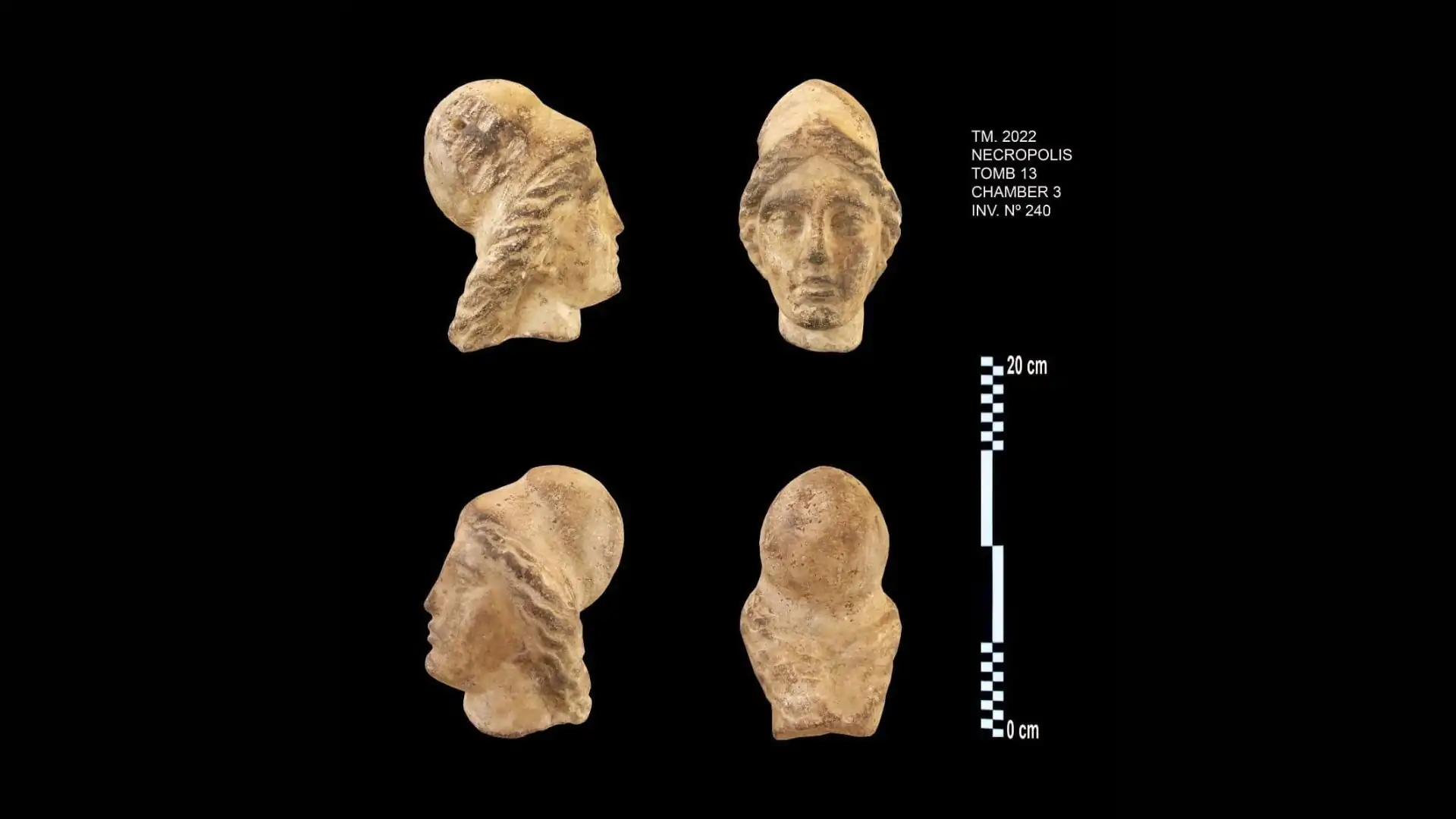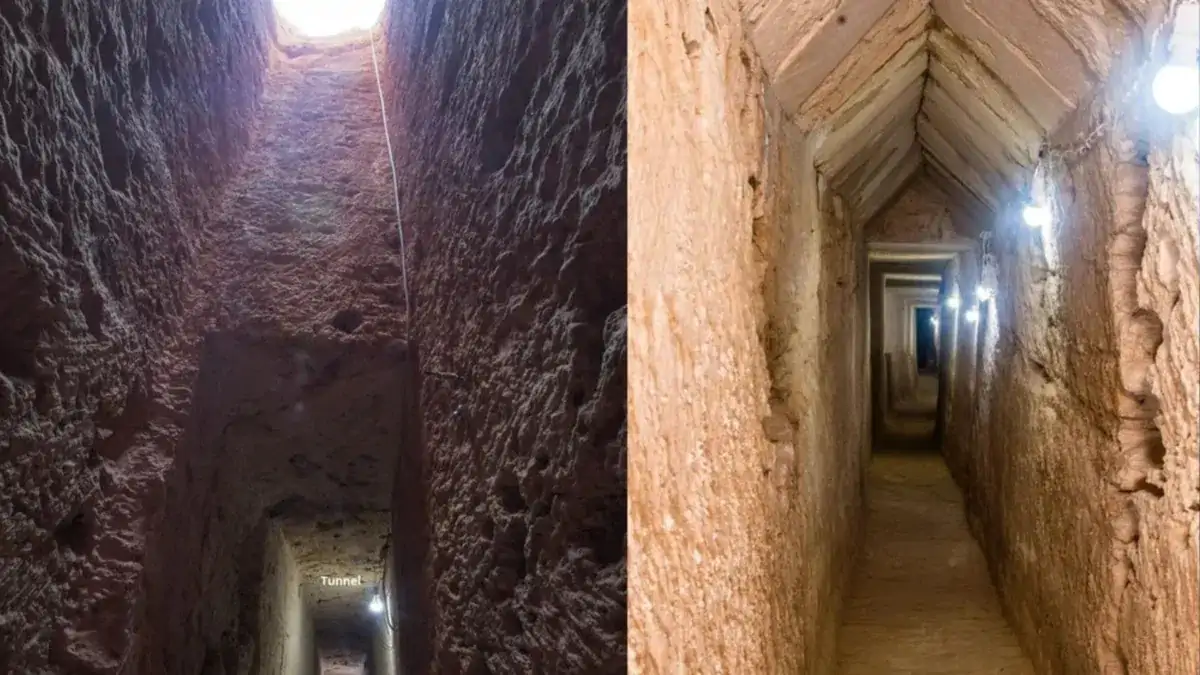Under an Ancient Egyptian temple, archaeologists find a massive "miracle" tunnel, and some scholars think that this tunnel may be the passage to the lost-long tomb of Cleopatra.
As per the Facebook post of the Ministry of Tourism and Antiquities, the tunnel runs for about a mile beneath the ruins of Taposiris Magna, a city near Alexandria that was founded in the 4th century B.C., and where Cleopatra and her lover, the Roman statesman Mark Antony, are thought to have been buried. It is also stated that the tunnel was discovered 65 feet below a temple dedicated to the deity of the underworld, Osiris.
Very similar to the Eupalinos tunnel on the island of Samos, Greece, archaeologists also called the tunnel a geometric miracle.
Searching for Cleopatra's tomb
As reported in Vice, the lead archaeologist of the Dominican-Egyptian expedition that found the tunnel, Kathleen Martinez, has spent more than 15 years looking for Cleopatra's tomb at Taposiris Magna. She and her colleagues have already found secret passageways and intriguing treasures in the temple, including a collection of coins with Cleopatra's name and likeness.
Since antiquity, numerous earthquakes that have shaken the area have hindered excavations at Taposiris Magna. Water seeping in from the Mediterranean Sea has destroyed and drowned a large portion of the temple. Parts of the recently found tunnel remain submerged.
There are still debates among scholars whether the temple at Taposiris Magna is likely to contain Cleopatra; hence it is unknown whether this tunnel will aid in locating the enigmatic tomb of the queen of Ancient Egypt.

Ministry of Tourism and Antiquity/Facebook
About Cleopatra
From 51 until 30 BC, Cleopatra VII Philopator, often known as "Cleopatra the father-beloved," served as the last active monarch of the Ptolemaic Kingdom of Egypt. She belonged to the Ptolemaic dynasty and was a direct descendant of Ptolemy I Soter, an Alexander the Great buddy and Macedonian Greek general.
Egypt became a province of the Roman Empire after Cleopatra's death, bringing to an end the second-to-last Hellenistic kingdom and the period that had spanned from the rule of Alexander (336–323 BC). She was the only Ptolemaic ruler to study Egyptian, as her original tongue was Koine Greek.
Contrary to popular belief being Egyptian, Cleopatra was of Greek origin. The Ptolemies, a Macedonian Greek dynasty with roots in northern Greece, were Cleopatra's European ancestors. She was descended from two notable friends of Alexander the Great of Macedon through her father, Ptolemy XII Auletes: the general Ptolemy I Soter, who founded the Ptolemaic Kingdom of Egypt, and Seleucus I Nicator, a Macedonian Greek who established the Seleucid Empire of West Asia.
 SHOW COMMENT (1)
SHOW COMMENT (1)


University of Cambridge researchers designed radiation-resistant ultrathin solar cells that could improve spacecraft for harsher environments and could help in the search for life on Jupiter's Europa.

 Brainwaves synchronize during online games when players aren't in the same room
Brainwaves synchronize during online games when players aren't in the same room
 Stranger Earth: Six weird ways climate change is affecting our planet
Stranger Earth: Six weird ways climate change is affecting our planetIn a first, researchers discovered a rare mineral that comes directly from Earth's lower mantle

Explainer: Everything to know about brain-eating amoeba that's spreading in the US



 BlocksInform
BlocksInform










